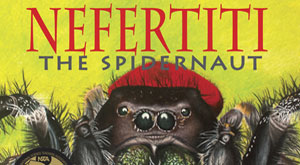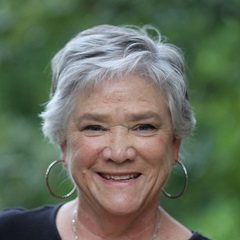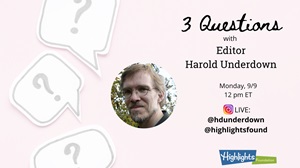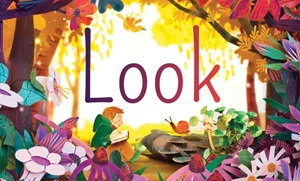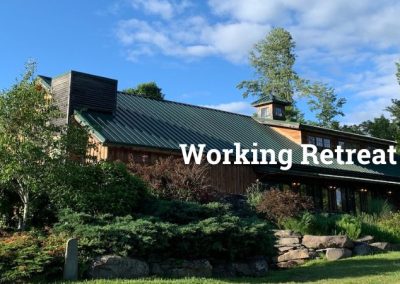Children’s picture books and novels present a unique challenge in the indie publishing or self-publishing world. Our audience is kids, but you can’t sell directly to them until they are teenagers. Instead, you must go through parents, teachers, librarians, or other adults. Add to that the difficulty of getting quality illustrations and converting them into ebooks, and it’s a huge challenge. After four years of successfully publishing children’s picture books and novels, I have a couple of ideas on how to make it easier.
I’m not going to include the obvious: commission or produce great illustrations and make sure your book is well-written and well-edited. Also, make sure everything is age appropriate. Beyond those basics, however, there are some important things to consider.
1) Publish an ebook of your children’s picture book or novel.
Many studies say that kids prefer to read print. Right. However, an ebook is part of your overall marketing strategy. Marti Dumas (MartiDumasBooks.com), a successful author with indie publisher Plum Street Press, says it this way: “We’re lucky that we have ebooks and print books.”
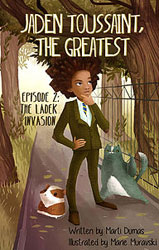 When an indie publisher produces an adult audience ebook, they expect to make most of their profit from the ebook. Often, they don’t even produce a print copy. However, for children’s books, you should consider the ebook as a “loss leader,” something to give away or sell at reduced cost in order to get a reader interested in buying the paperback book, which is where you’ll make the most money. Ideally, a parent or teacher will download the ebook and decide that it’s perfect for their child/student. Then, they’ll purchase the paperback to actually hand to a child.
When an indie publisher produces an adult audience ebook, they expect to make most of their profit from the ebook. Often, they don’t even produce a print copy. However, for children’s books, you should consider the ebook as a “loss leader,” something to give away or sell at reduced cost in order to get a reader interested in buying the paperback book, which is where you’ll make the most money. Ideally, a parent or teacher will download the ebook and decide that it’s perfect for their child/student. Then, they’ll purchase the paperback to actually hand to a child.
Dumas easily gives away 1000 ebooks/month of Jaden Touissant, the Greatest to get 1500 paperback sales.
2) Use CIP data.
Because many of your book sales will go to teachers, school librarians, and librarians, you should include the CIP (Cataloguing in Publishing) data on your copyright page. If you don’t, educators are more likely to consider it an inferior book. To get CIP data, first apply for a PCN (Preassigned Control Number) at the Library of Congress (http://www.loc.gov/publish/pcn/).
Next, produce the cataloging information needed, or hire someone to do it for you. I actually tried to figure out all the jargon myself–I’m a big DIY person–—but this time, I gave up. I recommend Adrienne Bashista at CIPBlock.com, who responds quickly and supports the work if questions arise. In general, it always pays to hire a professional!
Finally, on the copyright page of your book, include the CIP block. This cataloguing information will make librarians’ lives much easier, which means they are more likely to buy your book.
3) Build in the time needed to send copies for review.
Many indie publishers bypass the review process, but I think it’s essential for children’s books because there are so many gatekeepers. Before they spend their school’s or institution’s money, they often want their opinion backed up with a review. This means that you must allow about 4 months from the time you have a printed book to the release date. If I have a proof copy on May 31, I’ll spend June sending out review copies. The book won’t officially release until sometime in September.
Two of the traditional review journals are most likely to review your indie work: School Library Journal and Booklist. These journals will probably not review your work: Kirkus (unless you pay), Horn Book, Bulletin for the Center of Children’s Books, and Publisher’s Weekly (unless you use their Book Life program). Other likely places include Foreword Reviews and Midwest Book Reviews. After that, buyer beware! Everyone is willing to take your money in exchange for a review, but few will return much on your investment.
4) Develop your own mailing list.
The audience for any given children’s book is a niche audience that is easy to identify. For example, bedtime books are meant for preschoolers, so you’d want to target parents with preschool children. For my recent picture book, Nefertiti, the Spidernaut: The Spider Who Learned to Hunt in Space (mimshouse.com/books/Nefertiti-the-spidernaut) I am most interested in elementary science teachers. Since it was named a 2017 National Science Teacher’s Association Outstanding Science Trade Book, I’ve got a good reason to talk with those teachers.
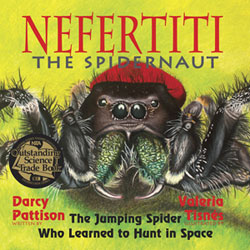
Once teachers are interested in this book, I provide opportunities for them to join my mailing list so that I can contact them for future science picture books. I try to keep the number of niche audiences to a minimum, so I don’t have to create new audiences for each new book. In other words, it’s helpful to publish in the same genre over and over to build on the audience from the previous book. Fortunately, there are many tutorials available today on developing a mailing list, setting up an email provider and managing it all. The main thing is to be committed to finding people who will love your current books and your future books.
Indie publishing is challenging. Finding readers for your books is a daily chore that never goes away. Yet, speaking from the midst of the thirty books I’ve published, it’s more fun than I ever expected.

